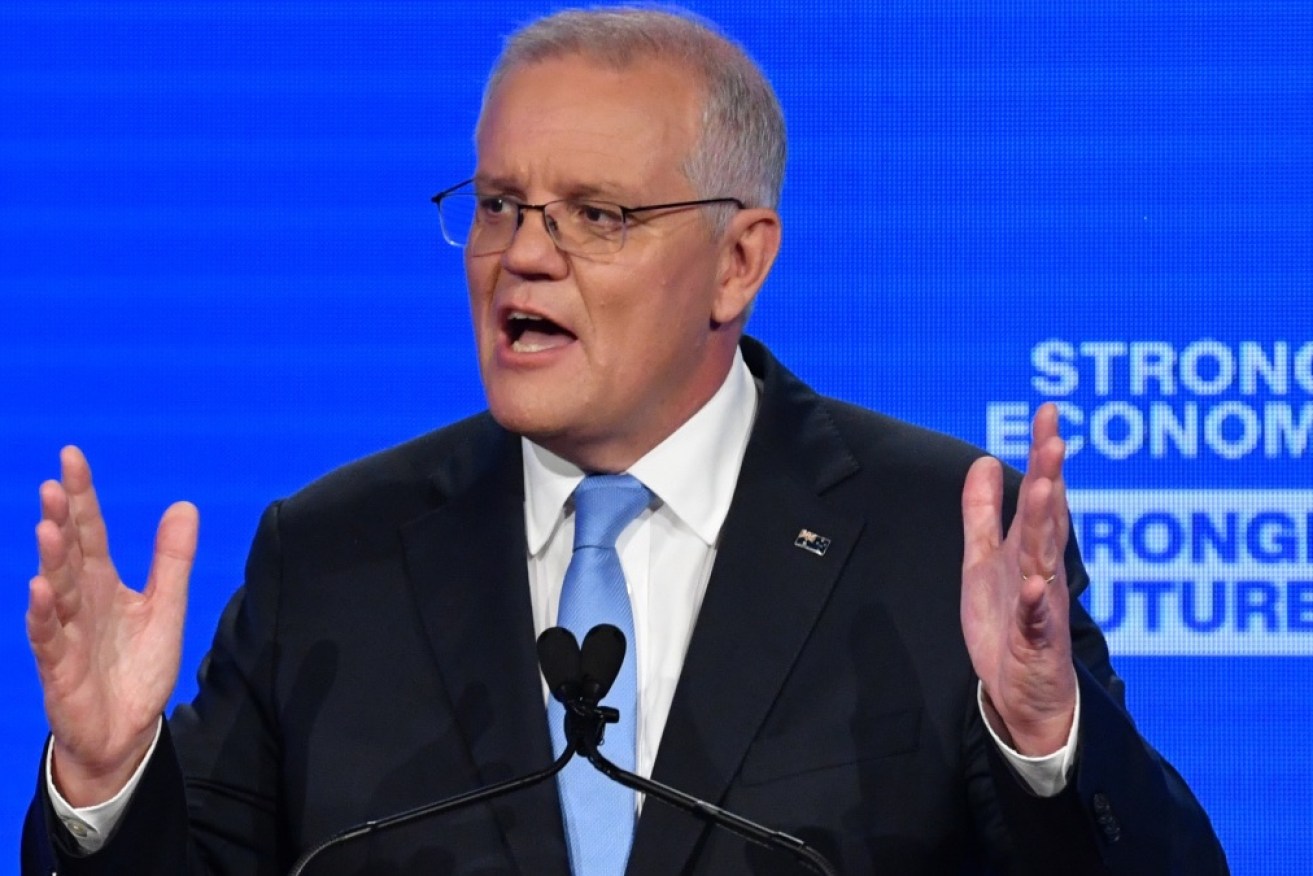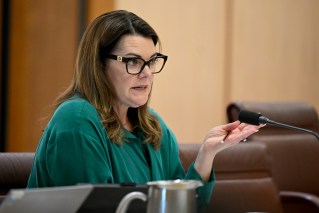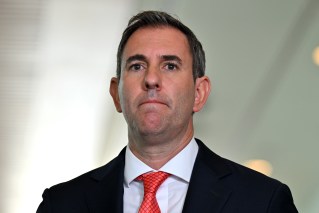The Morrison government spent a record amount on taxpayer-funded advertising, data reveals

The federal government is a big client in the advertising world, regularly spending more than major companies such as McDonald’s, Telstra and Coles.
New data released on Friday by the Department of Finance shows that in the lead up to the May 2022 election, the Coalition government’s advertising spend skyrocketed yet again.
The past financial year was the biggest year on record for taxpayer-funded advertising.
The previous federal government spent $339 million on taxpayer-funded advertising campaigns in 2021-22, well above the 25-year average of about $200 million a year.
In the first six months of 2022, the previous government was the biggest advertising spender in the country.

The Morrison government ran 28 separate advertising campaigns last financial year – the most on record.
Many were for legitimate purposes, such as an $89 million campaign encouraging take-up of the COVID-19 vaccine, and a $25 million campaign urging people to fill out the Census.
But sometimes, taxpayer-funded advertising campaigns seek to confer a political advantage. This is often achieved by including party slogans or colours, and/or spruiking government achievements – often in the lead-up to elections.

Why does government advertising spike before elections?
Taxpayer-funded advertising typically spikes in election years, and 2022 was no exception.
In the six months before the 2022 election, the Coalition government spent about $180 million, compared with about $120 million in the six months before the 2019 election.

An otherwise legitimate campaign might be strategically run pre-election to encourage a positive impression of the government. For example, an $18 million federal government campaign on recycling was called out by the then-Labor opposition as “ridiculous and self-serving greenwash”.
But usually, pre-election advertising also contains messages that look politically motivated – promoting the government’s policy platform on key election issues.
For example, the $28.5 million Emissions Reduction campaign – the third most expensive campaign of the year – ran from September 2021 to April 2022, and sought to promote the government’s “good progress” on reducing greenhouse emissions and switching to renewable energy.
The campaign clearly used messaging that created a positive image of the government’s performance, and lacked a call to action that might justify it on public interest grounds.
Grattan Institute analysis shows that typically, about a quarter of government spending on advertising is politicised in some way, by both sides of politics. Historically, about $50 million on average each year has been spent on campaigns that are politicised.
The former government’s “COVID-19 Economic Recovery Plan” fell into this category, because it blatantly spruiked the government of the day, without requiring any action or behaviour change from citizens.
Officially, the campaign sought “to inform Australians about the government response to the recurring challenges being faced and reassure [us] there was an adaptable and future-focused plan in place for the economy”.
This was criticised by Labor Senator Tim Ayres in early 2022, who asked:
“What possible public purpose is there in ‘Australia’s Economic Plan – we’re taking the next step’? […] What is it asking people to do apart from vote Liberal?”
Is politicising taxpayer-funded advertising harmful?
Politicisation of taxpayer-funded advertising is wasteful and creates an uneven playing field in elections.
Government advertising budgets are well above the expenditure of individual political parties, even in election years.
We won’t know until February how much political parties spent in the 2022 federal election. But in the lead up to the 2019 election, the Coalition spent $178 million, Labor $122 million, and Clive Palmer $89 million, with advertising only a portion of their expenses.
How things should change
The new federal government has announced it will cut taxpayer-funded advertising, although by how much is not yet clear.
Labor has promised to tackle advertising as part of its broader “rorts and waste” audit.
That promise to cut wasteful spending will be best tested by whether Labor tightens the rules and oversight for government advertising.
Public money should not be used to spruik government policies. It should be used only on public-interest advertising campaigns that have a clear “need to know” message and a call to action.
An independent panel should be established to check compliance. The panel should have the power to knock back campaigns that aren’t compliant – whether they are politicised, or more generally don’t offer value for money.
And if the rules are broken, then the political party – not the taxpayer – should foot the bill for the entire advertising campaign.
Establishing a proper process is the only way to truly reduce waste and restore public confidence in genuinely important government messages.
Kate Griffiths and Anika Stobart are co-authors of New politics: Depoliticising taxpayer-funded advertising, Grattan Institute, 2022.![]()
Kate Griffiths, deputy program director, Grattan Institute and Anika Stobart, senior associate, Grattan Institute
This article is republished from The Conversation under a Creative Commons licence. Read the original article.








